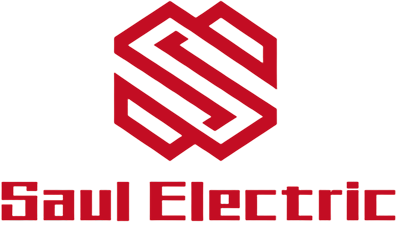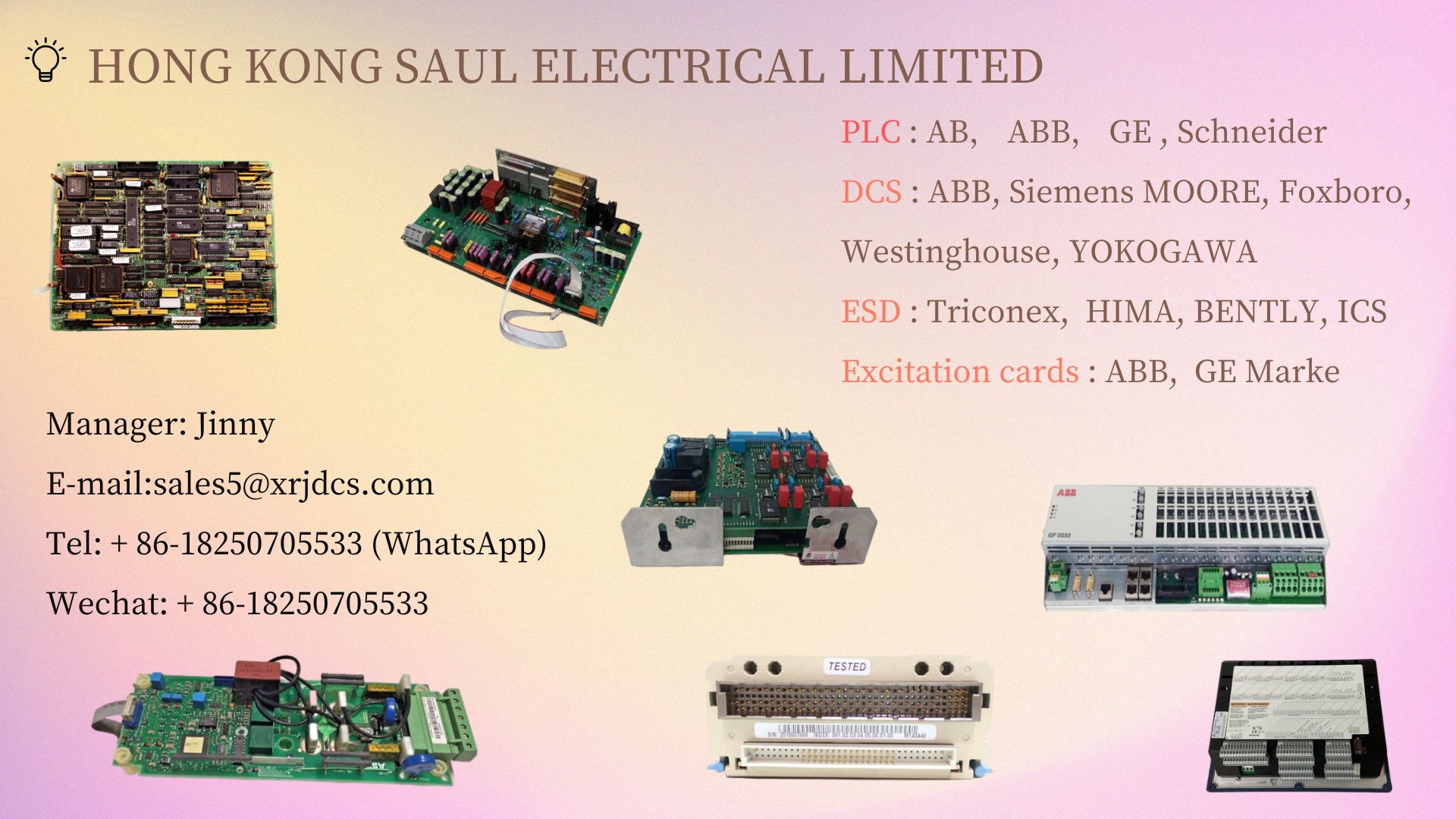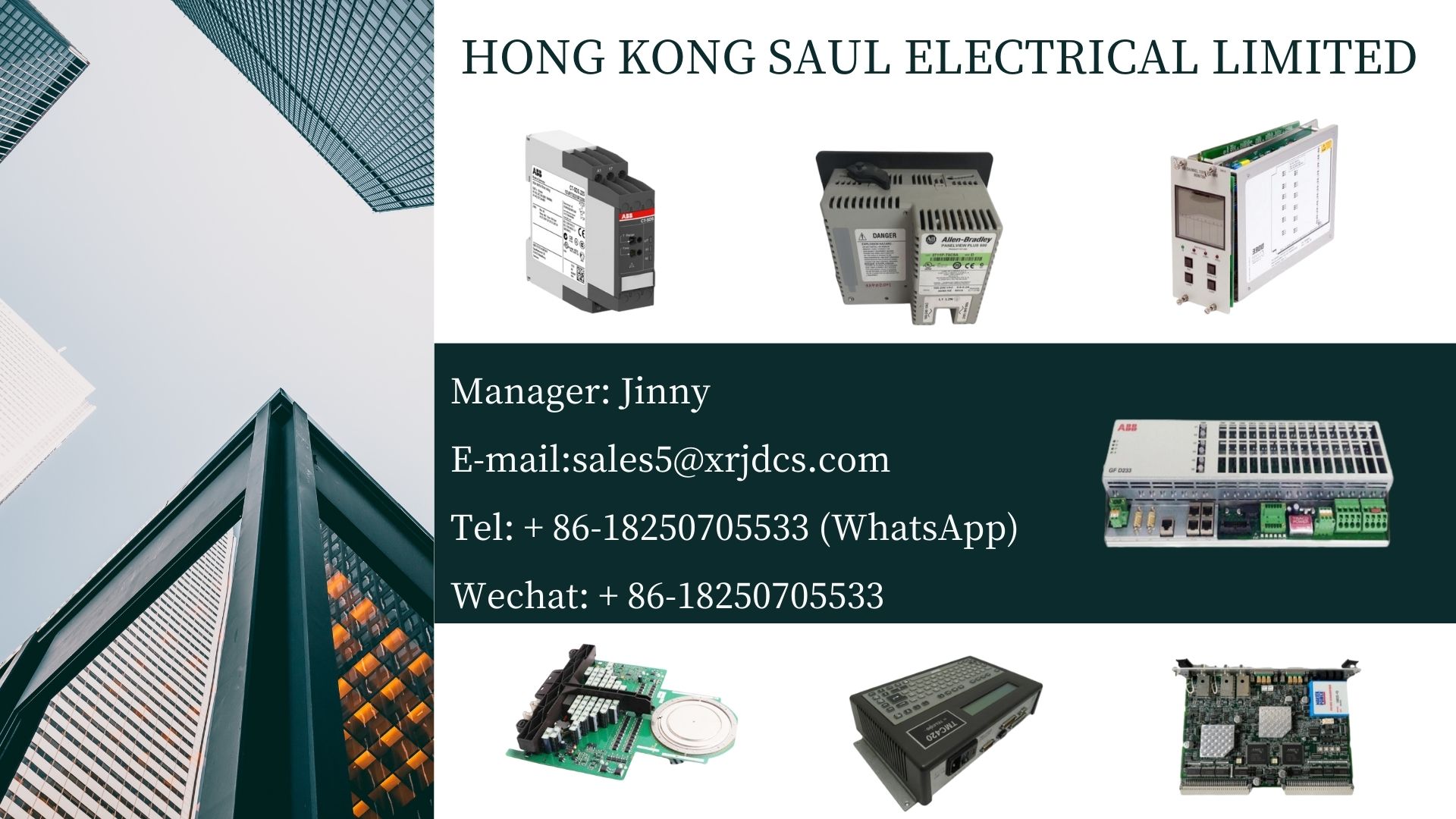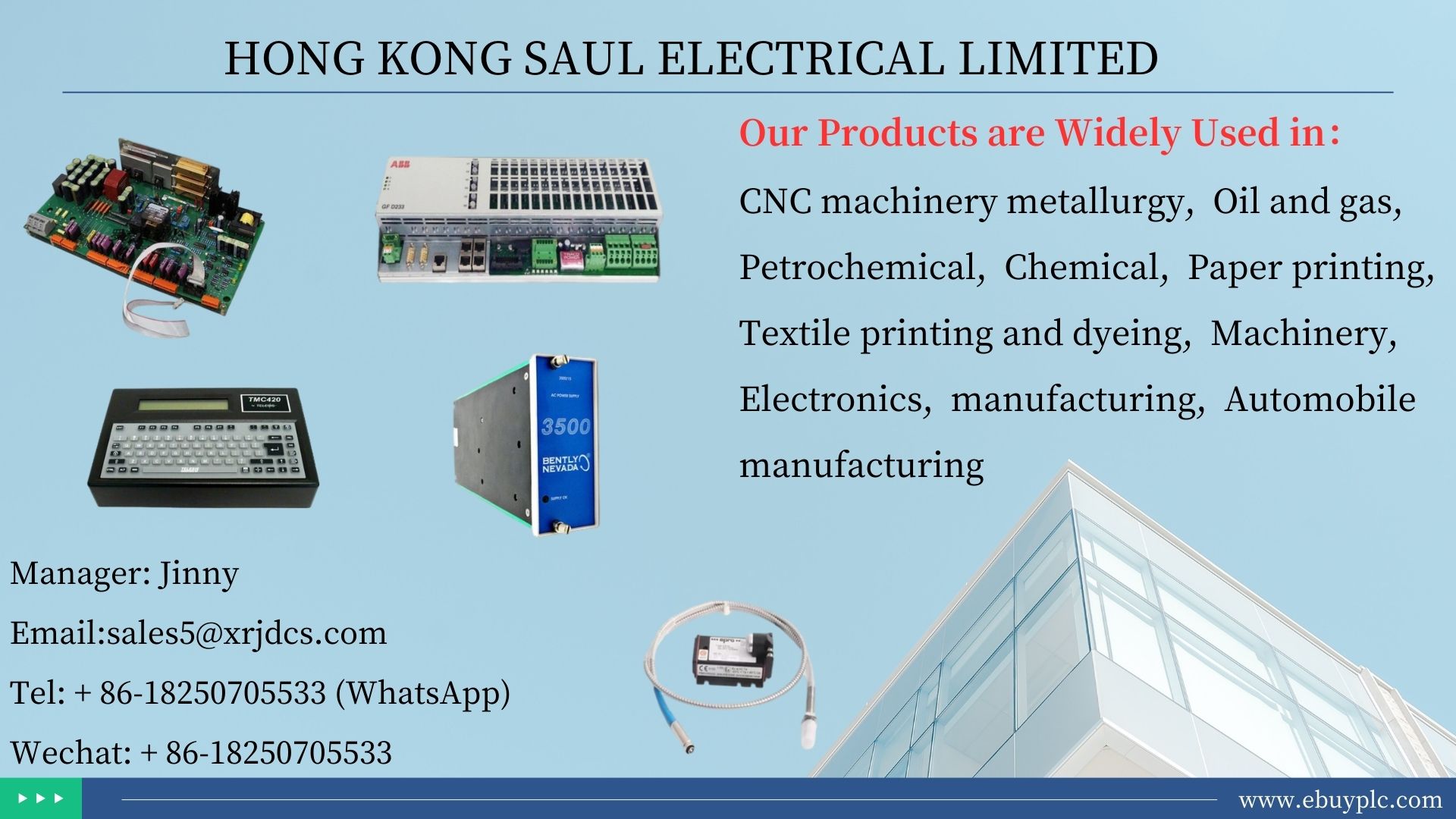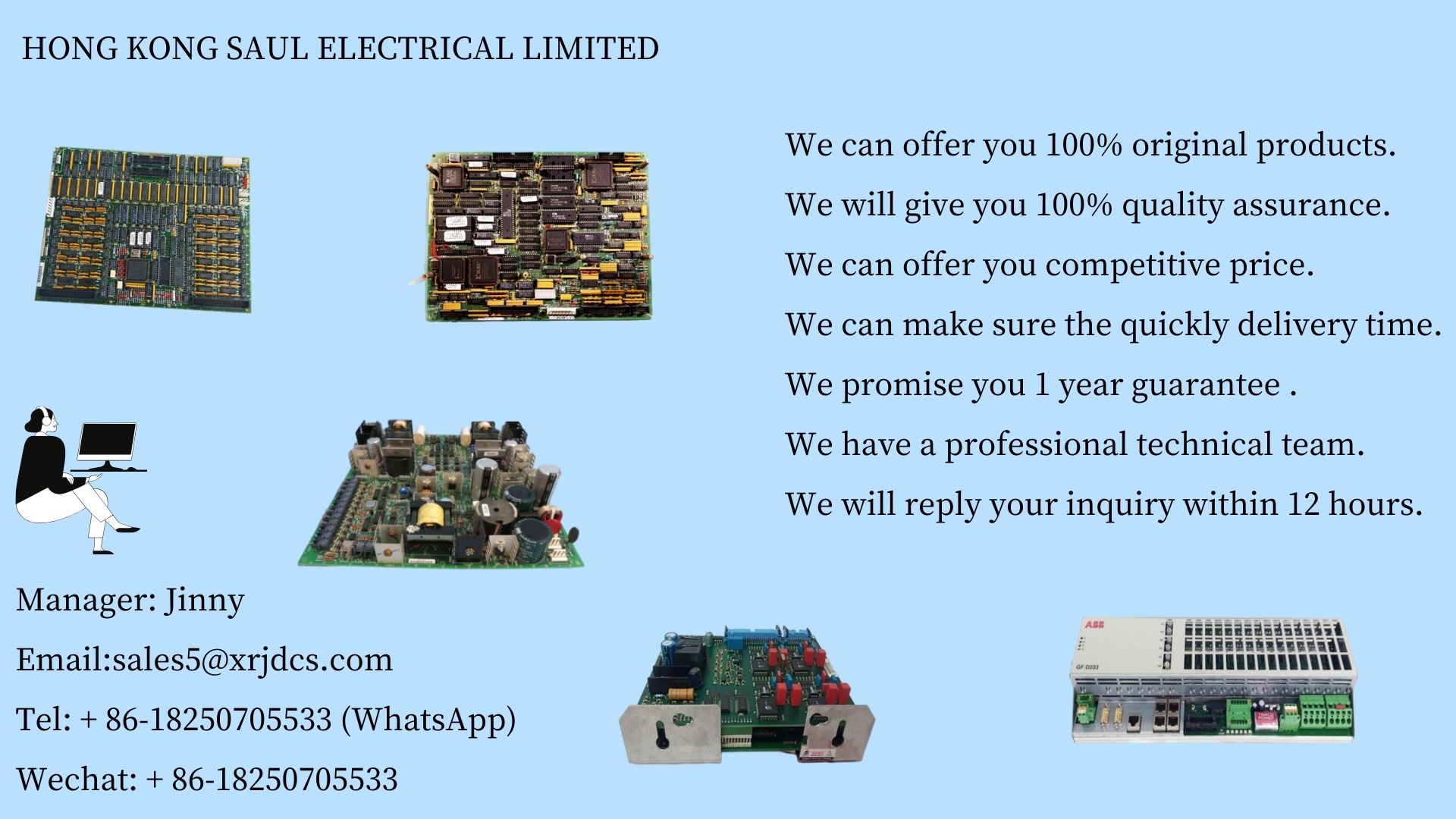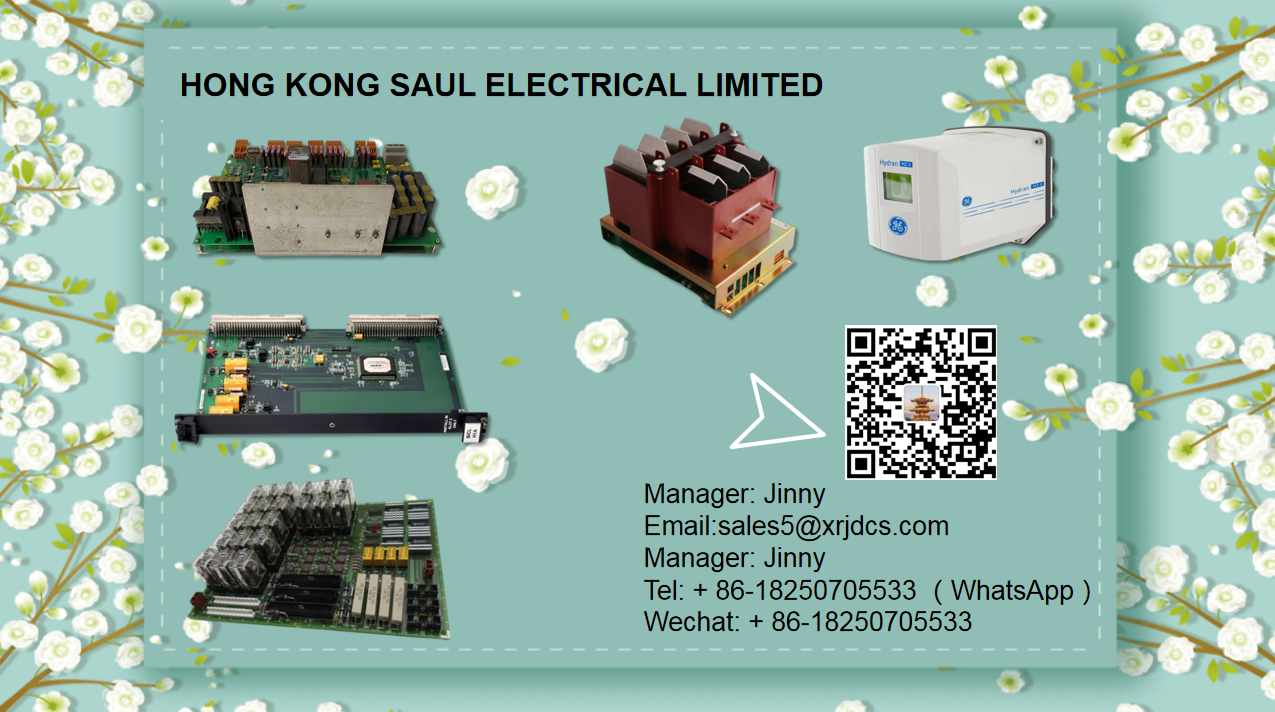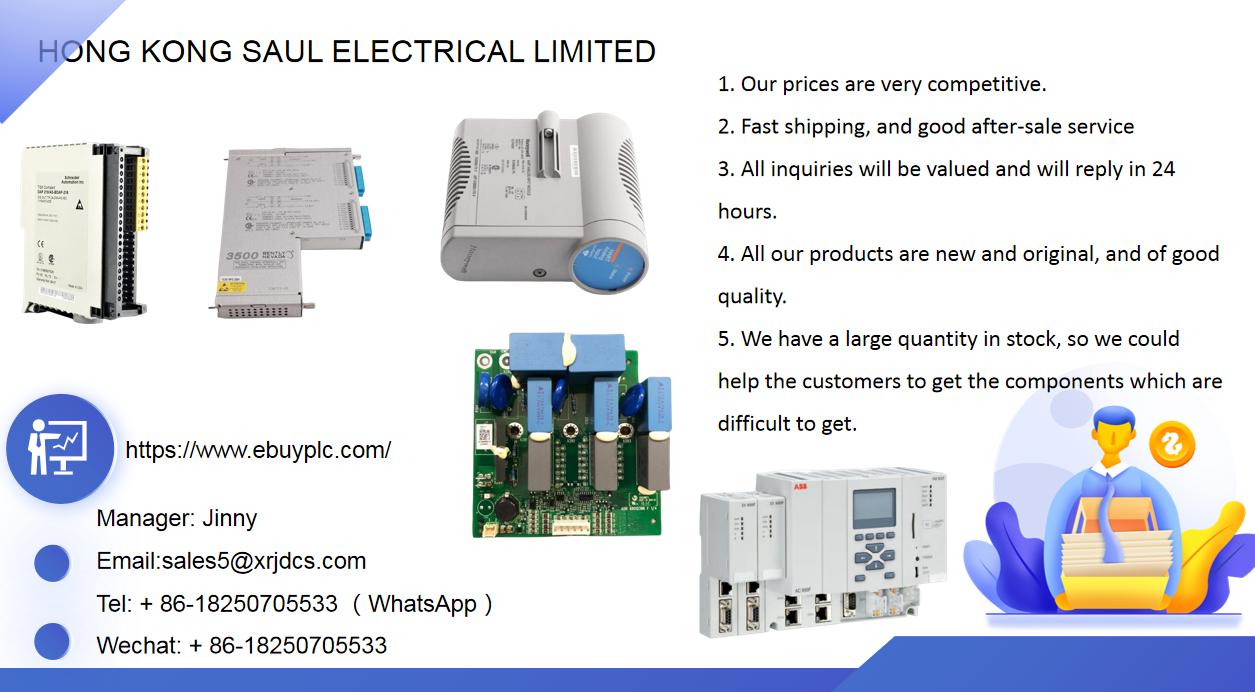0102030405
How difficult is it to achieve zero carbon neutralization in the supply chain? Siemens does this
2023-12-08
2020-2030 is a key decade for mankind to deal with climate change. At present, topics related to "carbon" continue to cause heated discussion. As an important part of social and economic life, enterprises have issued the goal of "carbon neutralization", and the team of green enterprises is growing.
What does "carbon neutrality" mean for enterprises?
The greenhouse gas protocol, initiated by the World Resources Institute (WRI) in cooperation with the World Business Council for sustainable development (WBCSD), is an international greenhouse gas accounting tool widely recognized and used at present. The system sets three "ranges" for the greenhouse gas emissions of enterprises: range 1 refers to the direct emissions generated by the enterprise's own operation; Scope 2 includes indirect emissions generated by outsourcing power or heat energy; Scope 3 refers to all other indirect emissions outside scope 2, including upstream and downstream of the enterprise value chain.
 It can be seen that the realization of carbon neutralization requires enterprises to "look out" and work together with partners upstream and downstream of the value chain in addition to paying attention to themselves. However, the current carbon emission accounting of scope 3 still faces problems such as information traceability and boundary division. Realizing carbon neutralization is undoubtedly an extremely complex systematic project, but it is also a hard core challenge that industry leaders must face on the road of sustainable development.
As a dedicated technology company, Siemens always pursues sustainable development and promises to achieve carbon neutrality in global business operations by 2030. At the same time, it will achieve 20% emission reduction in the global supply chain (i.e. upstream of scope 3) by 2030 and achieve the goal of carbon neutrality in the supply chain by 2050.
On September 9, 2021, Siemens officially launched the "zero carbon pioneer plan" in China, announcing that it will accelerate the implementation of carbon reduction responsibilities in the three dimensions of its own operation, supply chain and customers, and work with partners to create a green ecosystem and finally build an end-to-end zero carbon industrial chain. Siemens believes that the real carbon neutralization in the future should be the realization of net zero emissions in the whole industrial chain.
It can be seen that the realization of carbon neutralization requires enterprises to "look out" and work together with partners upstream and downstream of the value chain in addition to paying attention to themselves. However, the current carbon emission accounting of scope 3 still faces problems such as information traceability and boundary division. Realizing carbon neutralization is undoubtedly an extremely complex systematic project, but it is also a hard core challenge that industry leaders must face on the road of sustainable development.
As a dedicated technology company, Siemens always pursues sustainable development and promises to achieve carbon neutrality in global business operations by 2030. At the same time, it will achieve 20% emission reduction in the global supply chain (i.e. upstream of scope 3) by 2030 and achieve the goal of carbon neutrality in the supply chain by 2050.
On September 9, 2021, Siemens officially launched the "zero carbon pioneer plan" in China, announcing that it will accelerate the implementation of carbon reduction responsibilities in the three dimensions of its own operation, supply chain and customers, and work with partners to create a green ecosystem and finally build an end-to-end zero carbon industrial chain. Siemens believes that the real carbon neutralization in the future should be the realization of net zero emissions in the whole industrial chain.

 It can be seen that the realization of carbon neutralization requires enterprises to "look out" and work together with partners upstream and downstream of the value chain in addition to paying attention to themselves. However, the current carbon emission accounting of scope 3 still faces problems such as information traceability and boundary division. Realizing carbon neutralization is undoubtedly an extremely complex systematic project, but it is also a hard core challenge that industry leaders must face on the road of sustainable development.
As a dedicated technology company, Siemens always pursues sustainable development and promises to achieve carbon neutrality in global business operations by 2030. At the same time, it will achieve 20% emission reduction in the global supply chain (i.e. upstream of scope 3) by 2030 and achieve the goal of carbon neutrality in the supply chain by 2050.
On September 9, 2021, Siemens officially launched the "zero carbon pioneer plan" in China, announcing that it will accelerate the implementation of carbon reduction responsibilities in the three dimensions of its own operation, supply chain and customers, and work with partners to create a green ecosystem and finally build an end-to-end zero carbon industrial chain. Siemens believes that the real carbon neutralization in the future should be the realization of net zero emissions in the whole industrial chain.
It can be seen that the realization of carbon neutralization requires enterprises to "look out" and work together with partners upstream and downstream of the value chain in addition to paying attention to themselves. However, the current carbon emission accounting of scope 3 still faces problems such as information traceability and boundary division. Realizing carbon neutralization is undoubtedly an extremely complex systematic project, but it is also a hard core challenge that industry leaders must face on the road of sustainable development.
As a dedicated technology company, Siemens always pursues sustainable development and promises to achieve carbon neutrality in global business operations by 2030. At the same time, it will achieve 20% emission reduction in the global supply chain (i.e. upstream of scope 3) by 2030 and achieve the goal of carbon neutrality in the supply chain by 2050.
On September 9, 2021, Siemens officially launched the "zero carbon pioneer plan" in China, announcing that it will accelerate the implementation of carbon reduction responsibilities in the three dimensions of its own operation, supply chain and customers, and work with partners to create a green ecosystem and finally build an end-to-end zero carbon industrial chain. Siemens believes that the real carbon neutralization in the future should be the realization of net zero emissions in the whole industrial chain.
Michael Haendel, chief purchasing officer of Siemens China, said: "In the process of promoting carbon neutrality, the supply chain is an important link and an indispensable part for enterprises to build low-carbon competitiveness. In fact, the carbon emissions that can be affected by the supply chain are often several times higher than those of their own operations. It is true that only by building a green supply chain can enterprises have an impact on carbon emissions in a wider range and obtain long-term benefits Sustainable development is being achieved. "
What has Siemens done to promote carbon neutrality in the supply chain?
1. Strict requirements and good compliance guarantee are the basis
Siemens has extensive business in China, involving industry, infrastructure, transportation, medical treatment, energy and other fields, and manages nearly 10000 suppliers. Such a huge volume and complex system is a great challenge for supply chain management. Therefore, ensuring compliance is the basis of building a sustainable supply chain.
Siemens requires all suppliers to make a firm commitment to the Siemens Group - Code of conduct for suppliers and third party intermediaries. While implementing 100% supplier access assessment, the company also follows the principle of "prevention, detection and response" to carry out external audit for sustainable development of suppliers. As a result, Siemens can identify potential risks and take corrective measures to ensure that the supplier's behavior meets the requirements of Siemens code of conduct and sustainable development.
2. Continuous empowerment to help suppliers build know-how
Give a man a fish and you feed him for a day. Teach him how to fish and you feed him for a lifetime.. On the basis of ensuring suppliers' compliance, Siemens also helps suppliers improve their awareness of sustainable development and grasp feasible methods of carbon reduction and efficiency improvement through various measures. For example, Siemens' supply chain management team held the Siemens China supplier conference in October 2021. The event invited Siemens management and experts from different business groups to discuss and help realize the common vision of sustainable supply chain development with more than 200 top suppliers.
At present, Siemens has established a carbon dioxide information management system (Estell) covering nearly 9000 suppliers in China. At the same time, it has also launched a self-assessment survey on carbon emission reduction for key suppliers. The research will help Siemens and suppliers achieve win-win results in promoting carbon emission reduction: on the one hand, by participating in online research, suppliers can understand their carbon reduction potential in seven areas: improving energy efficiency, on-site heating and power supply, purchasing green power, implementing energy-saving processes, optimizing logistics, reducing business travel and applying recycled / recyclable materials, So as to promote green transformation in a targeted way; On the other hand, the results of online research also provide a strong data base for Siemens and its partners to jointly build a green and low-carbon supply chain.
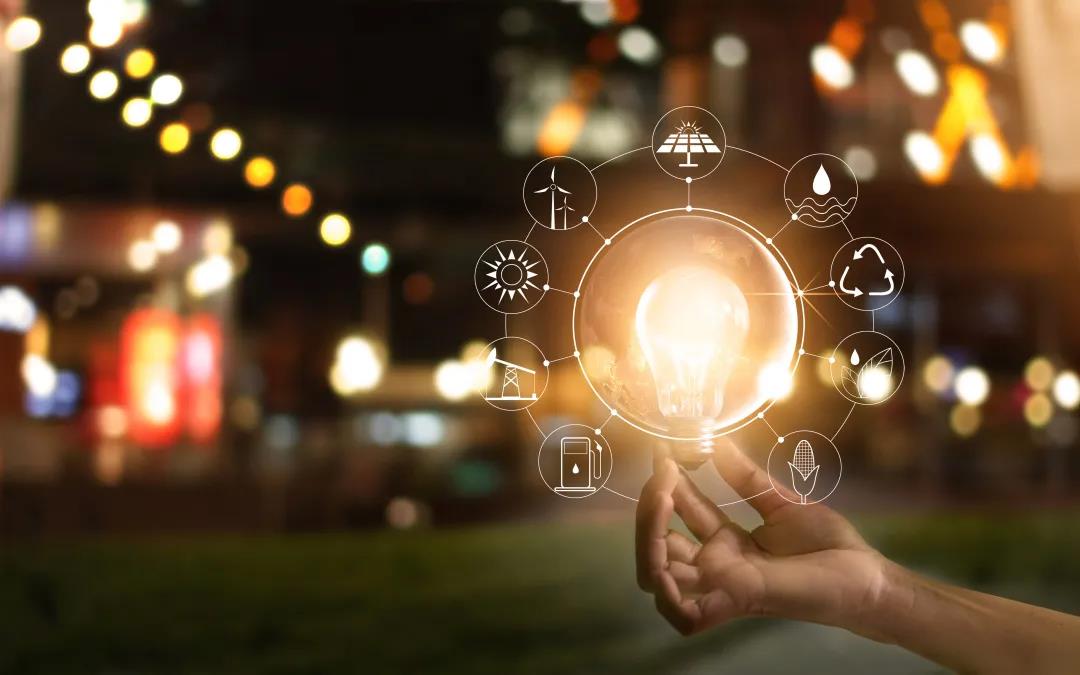 With digital innovation and cross domain knowledge and experience, Siemens aims to help more than 500 suppliers accelerate the process of carbon reduction in China by 2025. The company will also incorporate low-carbon related sustainable development indicators into the procurement decision-making process in fiscal year 2022, providing a strong guarantee for the establishment of a green supply chain.
3. Green innovation and transparency of product carbon footprint
According to statistics, more than 90% of the carbon emissions of industrial products come from the supply chain. Therefore, for technology companies like Siemens, it is very important to calculate the product carbon footprint from the perspective of supply chain. In this way, we can better create a low-carbon and environment-friendly product ecology to meet the green procurement requirements of downstream users.
In this regard, Siemens' supply chain management team creatively launched the "green diital twins" tool to improve the transparency of product carbon footprint with the help of cost and Value Engineering (CVE). Firstly, based on the production structure analysis of specific products and the raw material life cycle carbon emission evaluation database, the "green digital twins" tool can calculate the product carbon footprint from bottom to top; In addition, the tool can also simulate the changes of products in various links of the industrial chain such as design, production and logistics, and then analyze the impact of these changes on the product carbon footprint, which will greatly promote the research and development of green products and solutions.
With digital innovation and cross domain knowledge and experience, Siemens aims to help more than 500 suppliers accelerate the process of carbon reduction in China by 2025. The company will also incorporate low-carbon related sustainable development indicators into the procurement decision-making process in fiscal year 2022, providing a strong guarantee for the establishment of a green supply chain.
3. Green innovation and transparency of product carbon footprint
According to statistics, more than 90% of the carbon emissions of industrial products come from the supply chain. Therefore, for technology companies like Siemens, it is very important to calculate the product carbon footprint from the perspective of supply chain. In this way, we can better create a low-carbon and environment-friendly product ecology to meet the green procurement requirements of downstream users.
In this regard, Siemens' supply chain management team creatively launched the "green diital twins" tool to improve the transparency of product carbon footprint with the help of cost and Value Engineering (CVE). Firstly, based on the production structure analysis of specific products and the raw material life cycle carbon emission evaluation database, the "green digital twins" tool can calculate the product carbon footprint from bottom to top; In addition, the tool can also simulate the changes of products in various links of the industrial chain such as design, production and logistics, and then analyze the impact of these changes on the product carbon footprint, which will greatly promote the research and development of green products and solutions.

 With digital innovation and cross domain knowledge and experience, Siemens aims to help more than 500 suppliers accelerate the process of carbon reduction in China by 2025. The company will also incorporate low-carbon related sustainable development indicators into the procurement decision-making process in fiscal year 2022, providing a strong guarantee for the establishment of a green supply chain.
3. Green innovation and transparency of product carbon footprint
According to statistics, more than 90% of the carbon emissions of industrial products come from the supply chain. Therefore, for technology companies like Siemens, it is very important to calculate the product carbon footprint from the perspective of supply chain. In this way, we can better create a low-carbon and environment-friendly product ecology to meet the green procurement requirements of downstream users.
In this regard, Siemens' supply chain management team creatively launched the "green diital twins" tool to improve the transparency of product carbon footprint with the help of cost and Value Engineering (CVE). Firstly, based on the production structure analysis of specific products and the raw material life cycle carbon emission evaluation database, the "green digital twins" tool can calculate the product carbon footprint from bottom to top; In addition, the tool can also simulate the changes of products in various links of the industrial chain such as design, production and logistics, and then analyze the impact of these changes on the product carbon footprint, which will greatly promote the research and development of green products and solutions.
With digital innovation and cross domain knowledge and experience, Siemens aims to help more than 500 suppliers accelerate the process of carbon reduction in China by 2025. The company will also incorporate low-carbon related sustainable development indicators into the procurement decision-making process in fiscal year 2022, providing a strong guarantee for the establishment of a green supply chain.
3. Green innovation and transparency of product carbon footprint
According to statistics, more than 90% of the carbon emissions of industrial products come from the supply chain. Therefore, for technology companies like Siemens, it is very important to calculate the product carbon footprint from the perspective of supply chain. In this way, we can better create a low-carbon and environment-friendly product ecology to meet the green procurement requirements of downstream users.
In this regard, Siemens' supply chain management team creatively launched the "green diital twins" tool to improve the transparency of product carbon footprint with the help of cost and Value Engineering (CVE). Firstly, based on the production structure analysis of specific products and the raw material life cycle carbon emission evaluation database, the "green digital twins" tool can calculate the product carbon footprint from bottom to top; In addition, the tool can also simulate the changes of products in various links of the industrial chain such as design, production and logistics, and then analyze the impact of these changes on the product carbon footprint, which will greatly promote the research and development of green products and solutions.
4. Take several measures at the same time, start with details and practice low-carbon emission reduction
The optimization of supply chain is more related to all aspects of enterprise operation. How do employees travel? How are the goods transported? How to use office supplies? These issues are closely related to whether the company can achieve sustainable development goals.
Siemens has successively implemented a number of sustainable development projects within the company, including: carrying out green travel promotion projects to encourage employees to travel green; Customize the promotion plan of the company's new energy electric vehicles to ensure that the company completes the EV100 commitment to use all new energy electric vehicles by 2030; Promote the logistics transformation from air transportation to railway transportation, and try to adopt low-carbon transportation mode on the premise of ensuring timeliness; The supply chain management team cooperates with the information technology team to improve the carbon footprint transparency and service life of IT equipment and office supplies; Joint talent and organizational development departments to help the disabled projects, and so on.
"I will not sell the future for short-term interests." This sentence comes from Werner von Siemens, the founder of Siemens.
As a zero carbon pioneer integrating knowledge and practice, Siemens has worked with China for 150 years, has become an indispensable part of China's society and economy, and has always unswervingly practiced the concept of sustainable development. In the future, Siemens looks forward to working with more Chinese partners to create a green ecology and help China achieve the "double carbon" goal!
